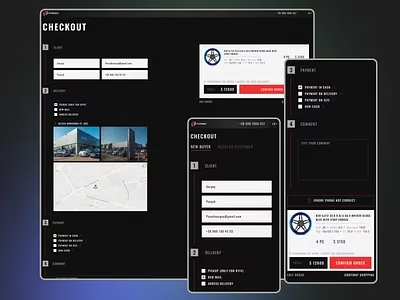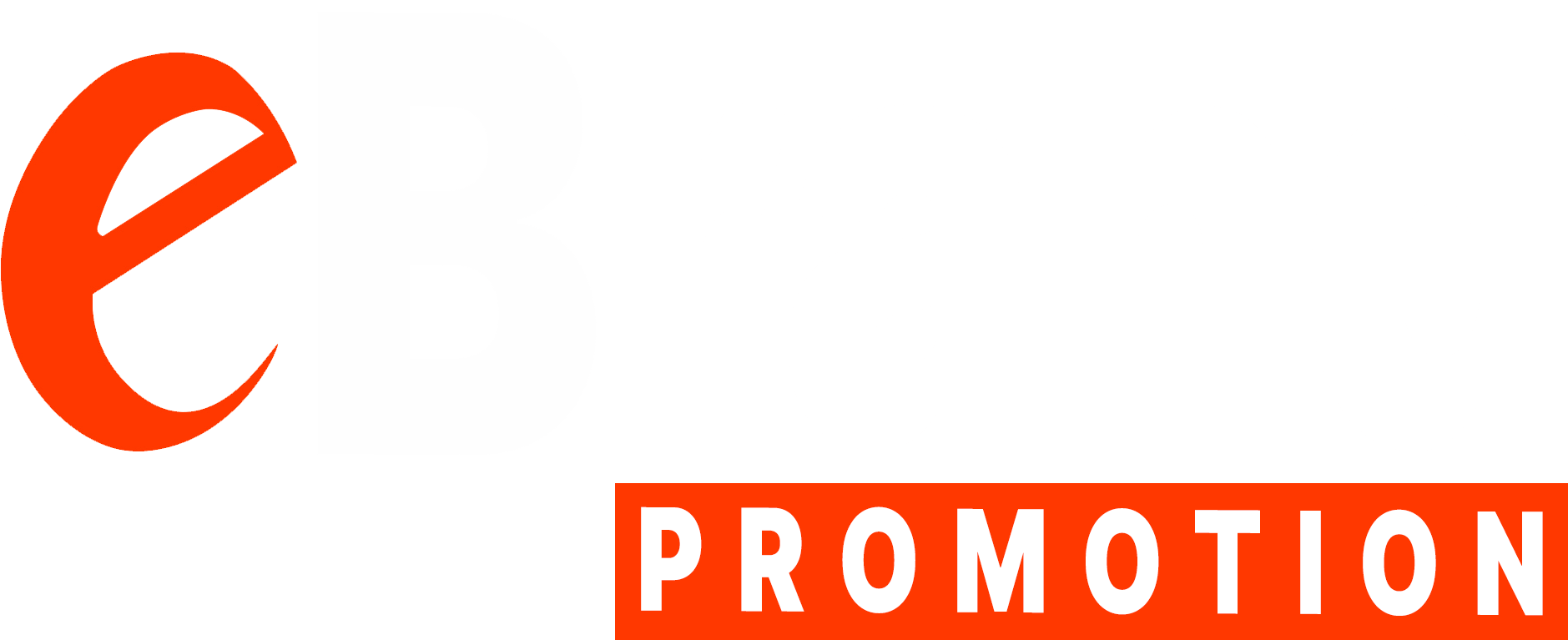A well-designed ecommerce checkout can determine whether a customer completes a purchase or abandons their cart. In Nigeria’s competitive online retail space, optimizing the checkout process is not just about design. It is about creating a seamless, secure, and culturally relevant buying experience.
Decision-makers in e-commerce must recognize that poor checkout UX directly affects revenue, especially in a market where customers are cautious about online payments.
Why Checkout UX Matters for Nigerian Businesses
The ecommerce checkout UX Nigeria landscape is shaped by a mix of cultural preferences, market realities, and digital adoption trends.
-
Payment Habits: Many buyers still prefer cash-on-delivery or mobile money because of ongoing concerns about online payment fraud. Without offering these options, you risk losing a significant portion of potential customers.
-
Mobile-First Shopping: Mobile dominates the Nigerian e-commerce space, with shoppers expecting fast, responsive, and lightweight checkout pages. An interface that performs poorly on mobile can lead to immediate drop-offs.
-
Connectivity Challenges: Internet service is not always stable or high-speed, particularly outside major cities. A slow-loading checkout page or one that times out during payment can instantly break trust.
-
Trust and Simplicity: Nigerian shoppers are highly sensitive to perceived risks. If the checkout process is complicated, cluttered, or lacks clear payment security indicators, many will abandon the purchase entirely.
Ultimately, checkout UX directly impacts conversions and long-term customer loyalty.
Key Principles of High-Converting Checkout Pages
1. Simplify the Process
Minimize the number of steps needed to complete a purchase. A multi-step checkout is fine if each step is clear, short, and visibly tracked with progress indicators.
Example:
A Lagos-based fashion store increased completed orders by 22% after removing the mandatory account creation step and allowing guest checkout.
2. Prioritize Mobile-First Design
With over 80% of Nigerian online shoppers using smartphones, your checkout must load quickly and display perfectly on small screens. Avoid heavy images or elements that slow down mobile performance.
Best Practices:
-
Use responsive layouts that adapt to any device.
-
Place payment buttons and key CTAs above the fold.
-
Reduce form fields to essential details only.
3. Offer Multiple Payment Options
Nigerian customers have diverse preferences. Limiting them to one payment method can drastically reduce conversions.
Payment Methods to Include:
| Payment Type | Example Providers |
|---|---|
| Debit/Credit Cards | Visa, Mastercard, Verve |
| Bank Transfers | Paystack, Flutterwave |
| Mobile Wallets | Paga, OPay |
| USSD Codes | GTBank, Access Bank |
| Cash-on-Delivery | Available in select areas |
Integrating local processors like Paystack and Flutterwave also boosts customer trust.
4. Build Trust with Security Cues
Shoppers in Nigeria are wary of online scams. Display visible trust signals such as:
-
SSL certificate lock icons in the browser bar.
-
Payment provider badges (e.g., Verified by Visa, MasterCard SecureCode).
-
Clear return and refund policies.
Adding these elements reassures customers, reducing last-minute abandonment.
5. Localize Language and Currency
Display prices in Nigerian Naira (₦) and use familiar terms. Instead of “ZIP Code,” use “Postal Code” — small details like this help customers feel at ease.
For cross-border e-commerce, offer currency toggle options for international buyers.
6. Avoid Distractions
Once customers reach the checkout page, the focus should be on completing the order. Remove unnecessary banners, pop-ups, or unrelated links that may cause them to leave.
Addressing Common Checkout UX Challenges in Nigeria
Payment Failures
Network downtime or failed card processing is common. Provide instant feedback when a transaction fails and offer alternative payment methods without forcing the customer to restart the checkout.
Cart Abandonment
High cart abandonment rates in Nigeria often stem from hidden charges like excessive delivery fees. Be transparent with shipping costs upfront.
Slow Load Times
If your checkout takes more than three seconds to load, expect drop-offs. Optimize images, enable caching, and use lightweight scripts to improve speed.
Integrating UX Best Practices with Business Strategy
Checkout UX is not only a design issue; it’s a growth strategy. Integrating the best practices above with your broader ecommerce website design efforts ensures your brand remains competitive.
For instance:
-
Run A/B tests on different button colors, CTA text, or payment options to see what works best.
-
Use analytics to track where customers drop off during checkout and optimize accordingly.
-
Implement remarketing campaigns targeting users who abandoned their carts.
Best Practices Checklist for Ecommerce Checkout UX Nigeria
Below is a practical checklist Nigerian business decision-makers can use to improve checkout performance and customer satisfaction:
| Area | Best Practice | Expected Impact |
|---|---|---|
| Speed | Optimize checkout pages to load in under three seconds by compressing images, enabling caching, and using lightweight scripts. | Reduced drop-offs as customers are less likely to abandon slow-loading pages. |
| Mobile Experience | Use a responsive, touch-friendly design with large, clear buttons and minimal scrolling. Test layouts across different devices. | Higher mobile conversions as users can complete purchases easily on smartphones. |
| Payments | Offer multiple methods — cards, bank transfers, mobile wallets, and cash-on-delivery — integrated with local gateways like Paystack and Flutterwave. | Broader customer reach and fewer lost sales due to limited payment options. |
| Trust Signals | Display SSL padlock icons, recognized payment provider badges, and clear refund/return policies. | Increased trust, leading to more completed transactions. |
| Simplicity | Reduce form fields to essential details, enable auto-fill where possible, and allow guest checkout without forcing account creation. | Faster purchase completion and less user frustration. |
| Transparency | Show delivery fees, estimated timelines, and total costs before the payment step to avoid last-minute surprises. | Lower cart abandonment rates caused by unexpected charges. |
The ROI of Improving Checkout UX
Investing in ecommerce checkout UX Nigeria can deliver measurable business gains:
-
Higher Conversion Rates: A streamlined checkout encourages more customers to complete their purchases without the need for extra ad spend.
-
Stronger Brand Reputation: A smooth, secure process positions your business as reliable and trustworthy in the eyes of customers.
-
Increased Customer Loyalty: Positive checkout experiences make shoppers more likely to return and buy again.
-
Reduced Cart Abandonment: Eliminating friction helps recover sales that might otherwise be lost.
-
Better Lifetime Value: Loyal customers contribute more revenue over time through repeat purchases and referrals.
Final Thoughts
A well-optimized checkout experience is one of the most cost-effective ways to grow your ecommerce business in Nigeria. By simplifying steps, prioritizing mobile, integrating trusted payment methods, and removing barriers, you can turn more browsers into paying customers.
If your current checkout process causes lost sales, it’s time to re-evaluate your UX strategy. Contact eBrand Promotion today for expert consultation and tailored ecommerce website design solutions that align with Nigerian market realitiesv.


